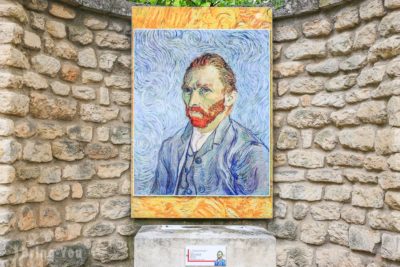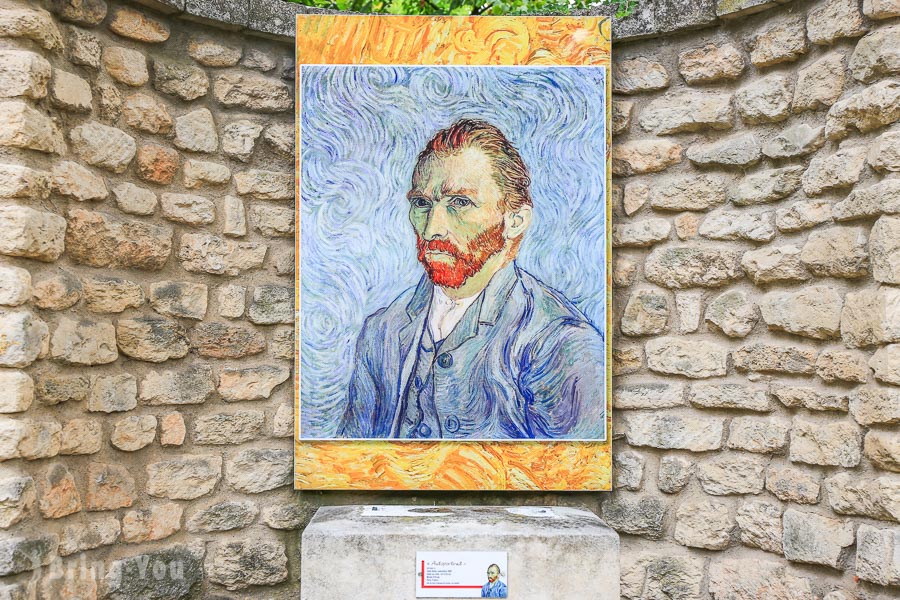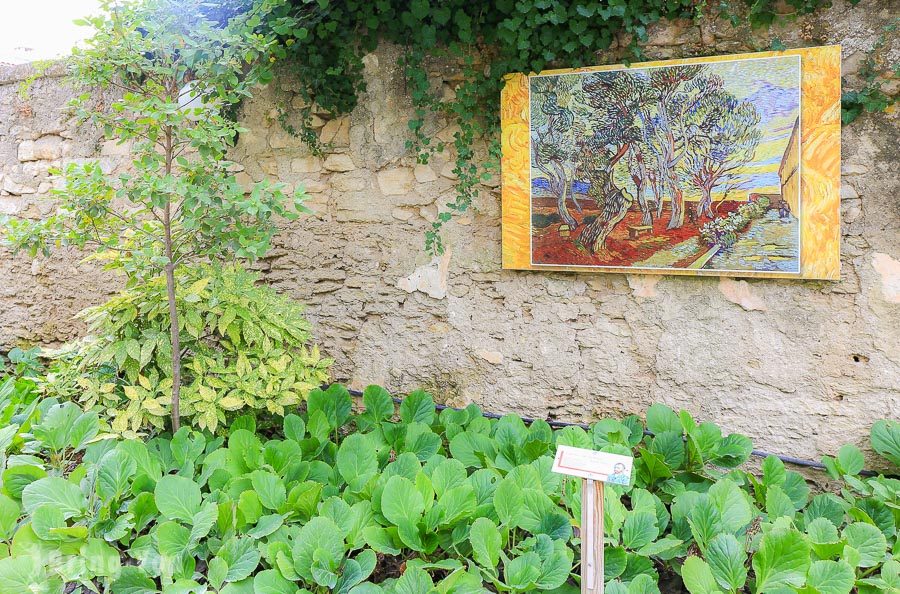
If you tell me you like museums and art galleries, kicking back at a cafe, eating good food, and taking on lots of hikes, I would suggest St. Remy.
Most of us know of St. Remy as the home of an asylum where Vincent Van Gogh was treated. Art lovers will dig in a little further with their favorite collection of Van Gogh’s works centered around the sun-flooded olive gardens and the mesmerizing lavender fields.
St. Remy is a home sweet home of this cruel fate talent. St. Remy, surrounded by Arles and Avignon, is best to visit in a car if you can rent one or sign up for a day tour. It was part of my trip to the south of France which is known as the paradise for the cutest villages in the country such as L’Isle-sur-la-sorgue or Gordes and Valensole.
In this article, I’ll walk you through some of the most gorgeous attractions in St. Remy inspired by Van Gogh’s most iconic masterpieces – and beyond.
Getting to St. Remy

Skipping St. Remy would be a huge mistake for those visiting Avignon. The proximity of the town only takes you over half an hour by car. If you don’t have a car with you, ride a bus.
The #57 bus departs from “Avignon-Gare Routiere bus station” towards St. Remy. The bus driver announces each stop by the time he gets there. In case you’re afraid of missing out on the right stop, ask the driver to remind you.
The bus ride from Avignon to St. Remy is roughly an hour. You get off at the visitor’s center where there are free tourist maps for everyone with major attractions in town, including the most popular Saint-Paul Asylum and Van Gogh’s Art Trail.
Following Van Gogh’s Art Trail At Saint-Paul de Mausole Psychiatric Institution
Van Gogh’s Trail Art is one of the best hikes I’ve ever done in my entire life.
And let me tell you this: you don’t have to be into art at all to enjoy this walk.
Put your headphones on, turn on an instrumental soundtrack of Bluebird by Alexis Ffrench, and simply soak in the shimmering lights as you beat the soft soil roads.
The walk covers multiple colorful attractions filled with the dazzling beauty of nature in all shapes and sizes. Most of them center around Saint-Paul de Mausole psychiatric institution where Van Gogh committed his very last years to the treatment led by Dr. Théophile Peyron.
Van Gogh voluntarily entered the institution in May 1889. Ever since and in between those psychoses, he brought to life hundreds of dedicated paintings and sketches, mostly promoting the daily charm of the surrounding gardens, the wheat and cypress fields, irises, olive gardens, and beyond.
Olive Trees
The lush olive garden pressed against the lovely, infinite backdrop of the far-flung mountains and cypresses was one of Van Gogh’s greatest paintings outside of the asylum’s fenced-off grounds.
In one of the letters Van Gogh wrote to his brother, he was stunned to see not many painters embraced the beauty of the olive trees and cypresses in their art as much as he did, something he considered the icon of Provence themselves.
The famous painting olive gardens came around in the glorious summer of 1889, capturing the sophisticated yet challenging palette of the ever-changing colors, sometimes it’s blue but soon turns greenish and bronzed. From afar, the horizon is steeped in a blend of yellow, pink, purplish, and dull red ochre.
Wheatfield And Cypress Trees
Moving on to the next spot on the trail, the paintings about the wheat field and omnipresent cypress trees can be overlooked from Van Gogh’s bedroom window. The enchanting fields are enveloped by the Alpilles mountains.
This painting is a benchmark in Van Gogh’s journey as he was allowed to go outside in June. These mesmerizing Provençal subjects are infused with such a dedicated personality that inspired Van Gogh to create some of the most well-received masterpieces. Van Gogh compared these scenes to an Egyptian obelisk, especially with the layout and proportion between the plants, the horizon, and the sky.
Other than the olive gardens and cypress trees above, here are some other scenic spots you will see along the way.
Irises
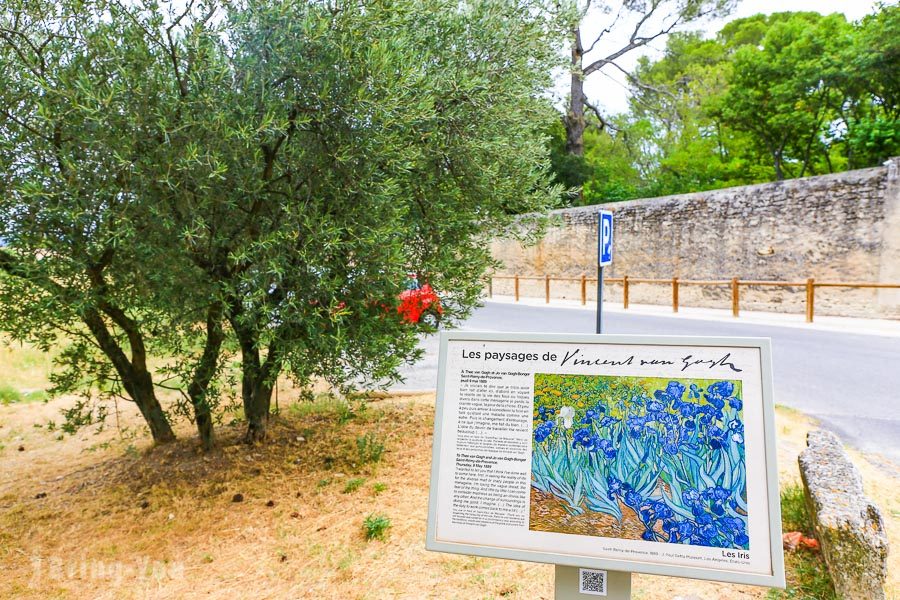
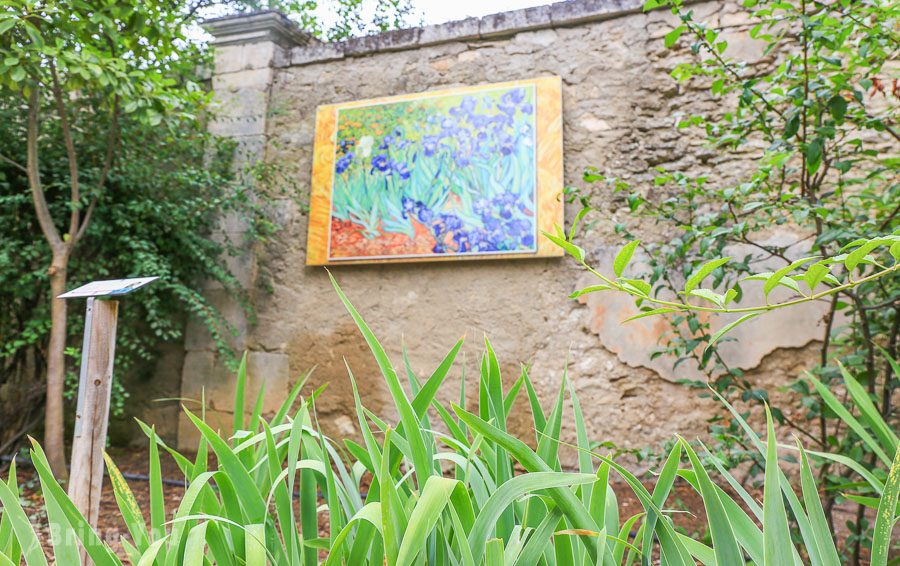
Pins sur un ciel de soir
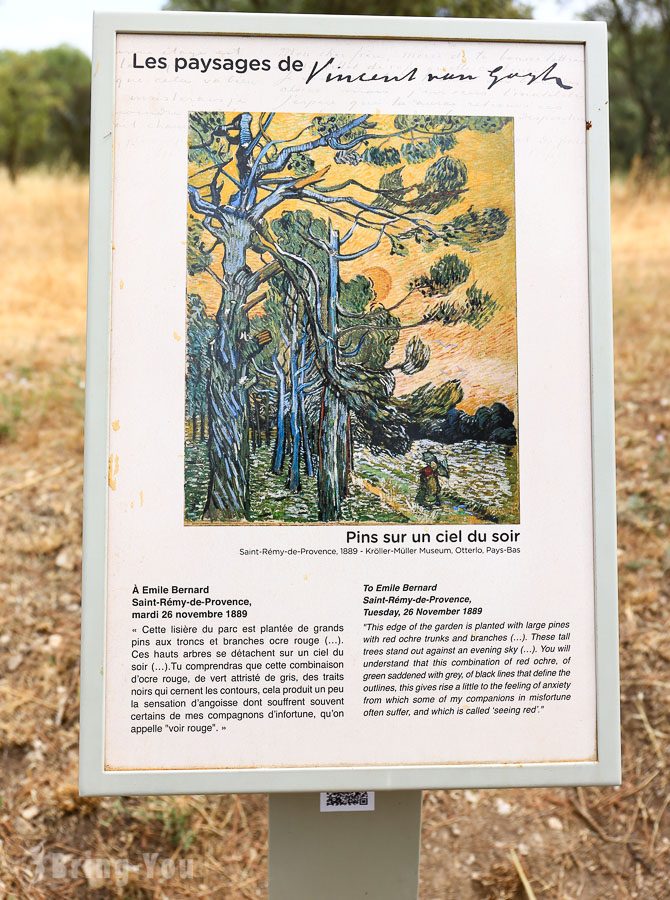
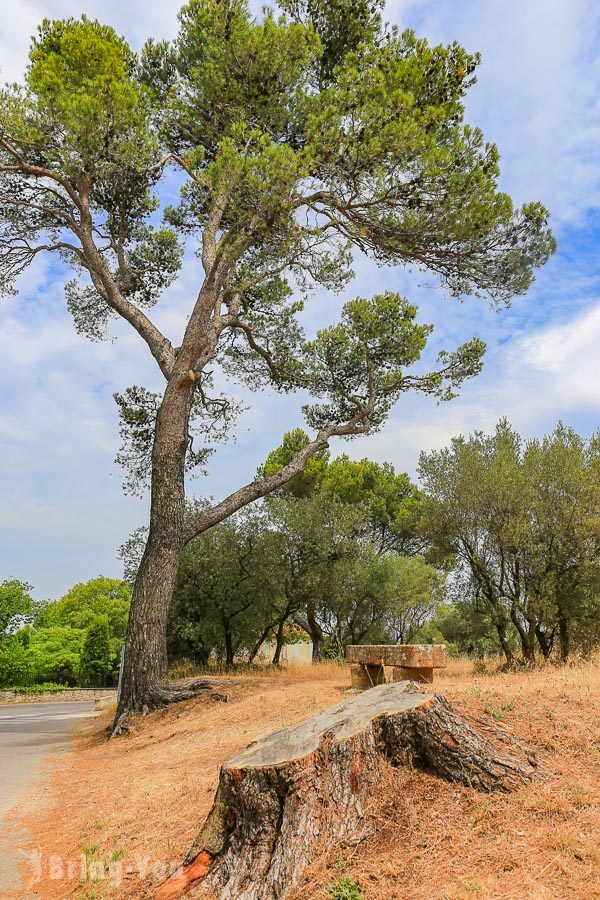
Saint-Paul Asylum
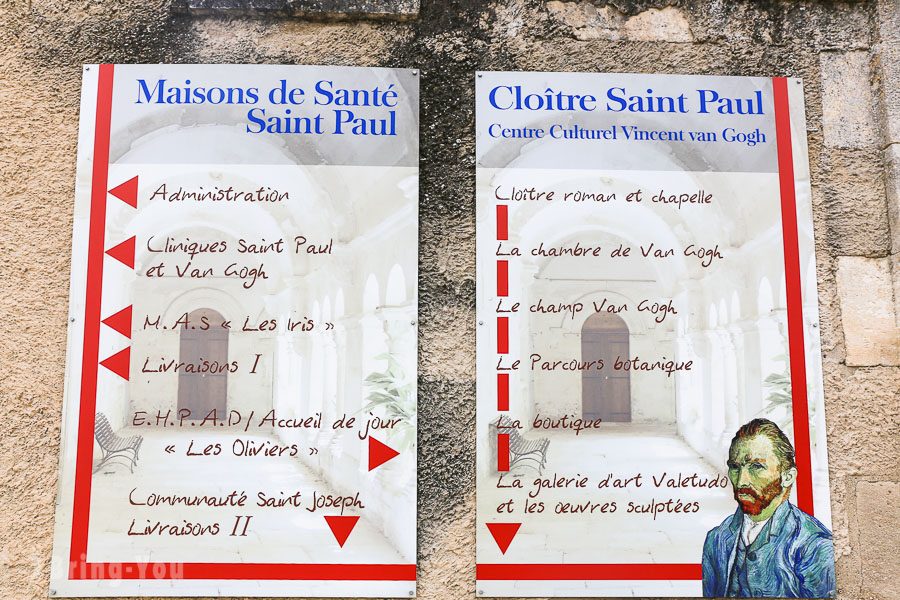
The widely-known asylum has been around since the 19th century with its popularity tied to the tragic life of Van Gogh after he moved there from Arles. The asylum today is open for public visit and no patients are nursed here anymore. It’s more like a museum built on the skeleton of an ancient Augustine Monastery. The asylum is still wrapped around by the wheat fields, vineyards, and olive groves that were captured in Van Gogh’s paintings.
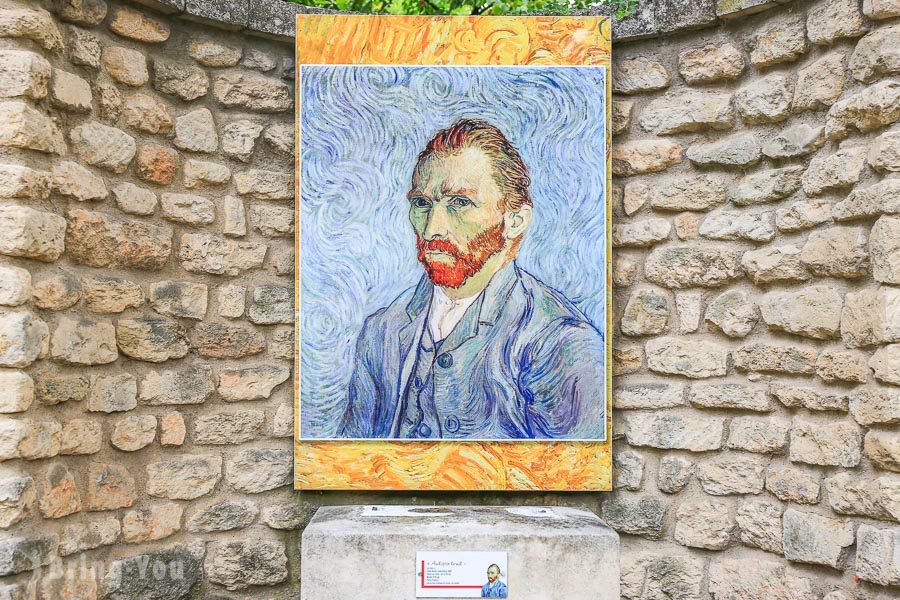
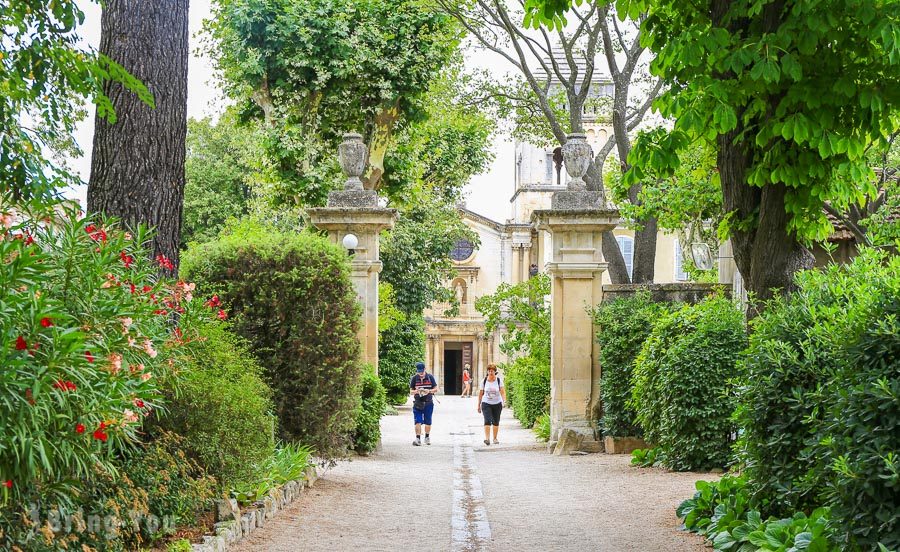
The asylum consists of several compartments and rooms including Van Gogh’s bedroom that you can pay a visit to. One of my favorite parts of the site is walking along the corridor on the ground floor with an inner courtyard view.
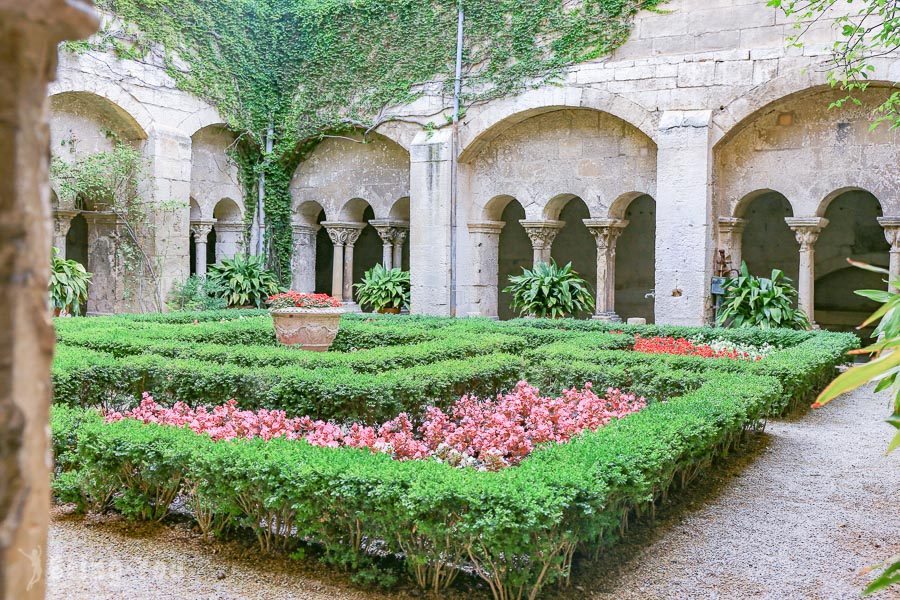
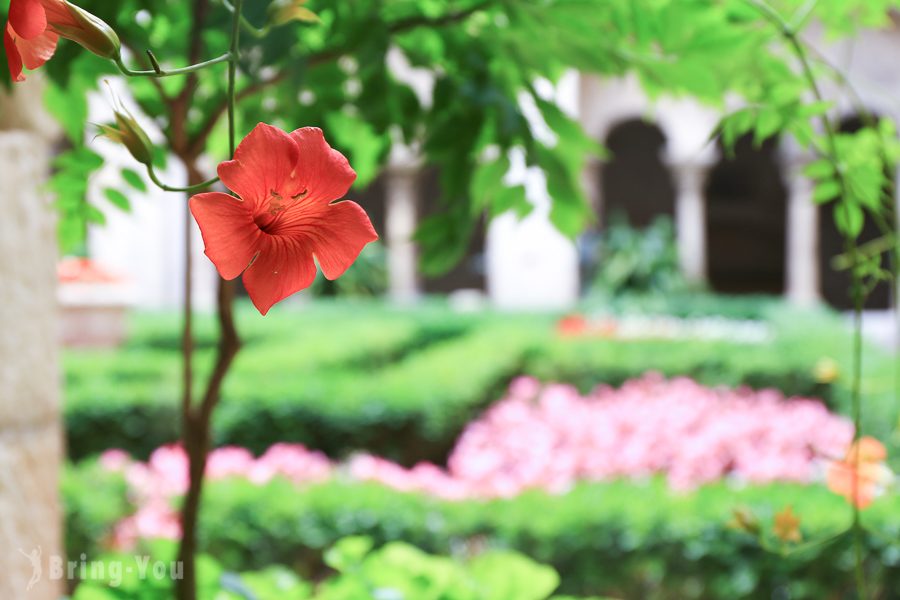
Today, many of Van Gogh’s paintings are displayed throughout the premises at the exact same spot where he used to paint them.
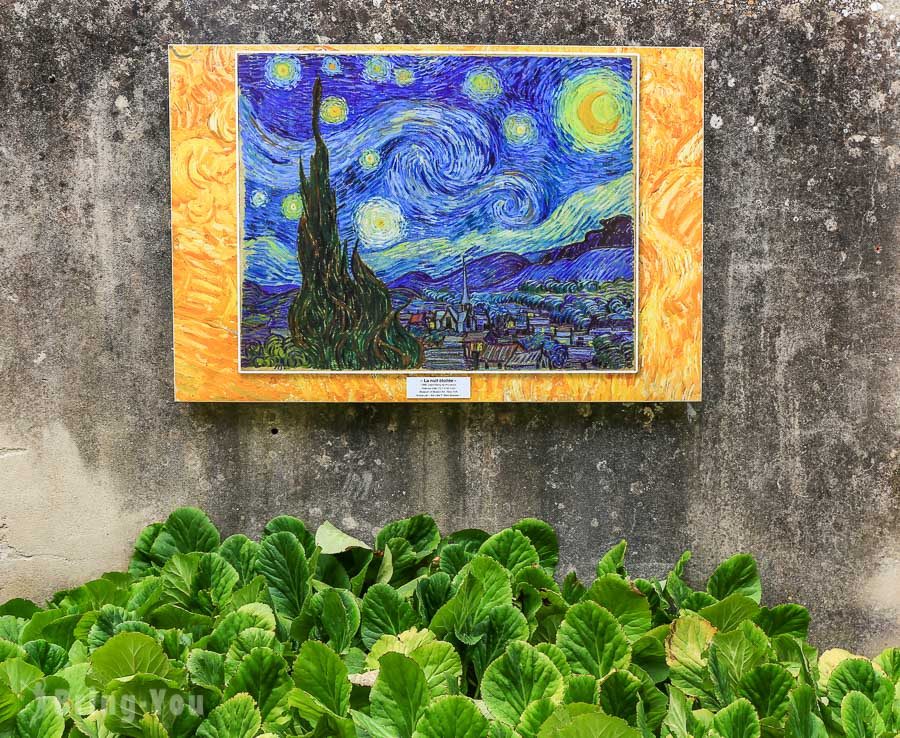
The visit to Saint-Paul Asylum is EUR 5 per person. While you can walk the trail on your own, I highly recommend booking a tour to the monastery and the asylum with a guide to learn about his sometimes tragic life and untold stories you barely know by yourself.
As you follow the old Romanesque stairwell towards the old chapter houses, you will have a glimpse into a gallery where they put up some works for sale. These art pieces are not from Van Gogh himself but from the patients at the art therapy studio Valetudo. Go upstairs and you shall find a room telling the history of the asylum as well as a space recounting the old practices of psychiatry in the 19th century.
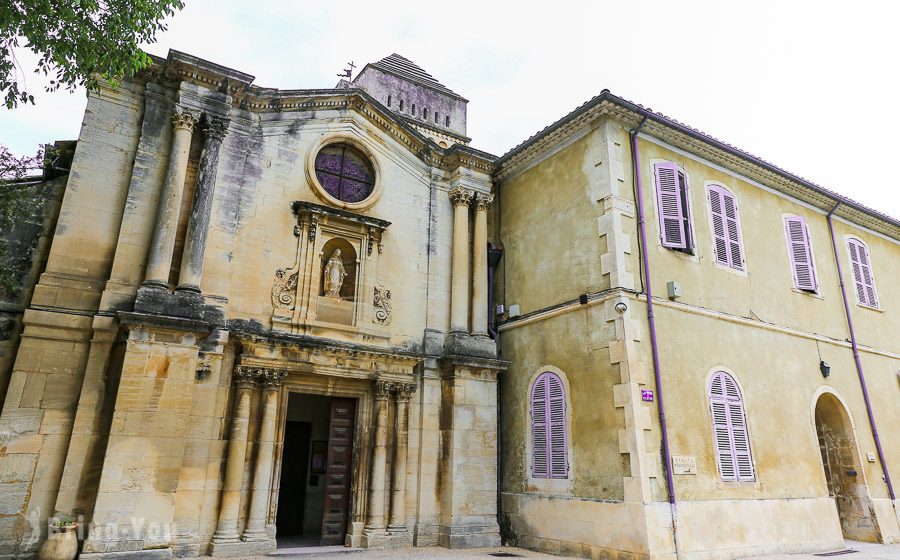
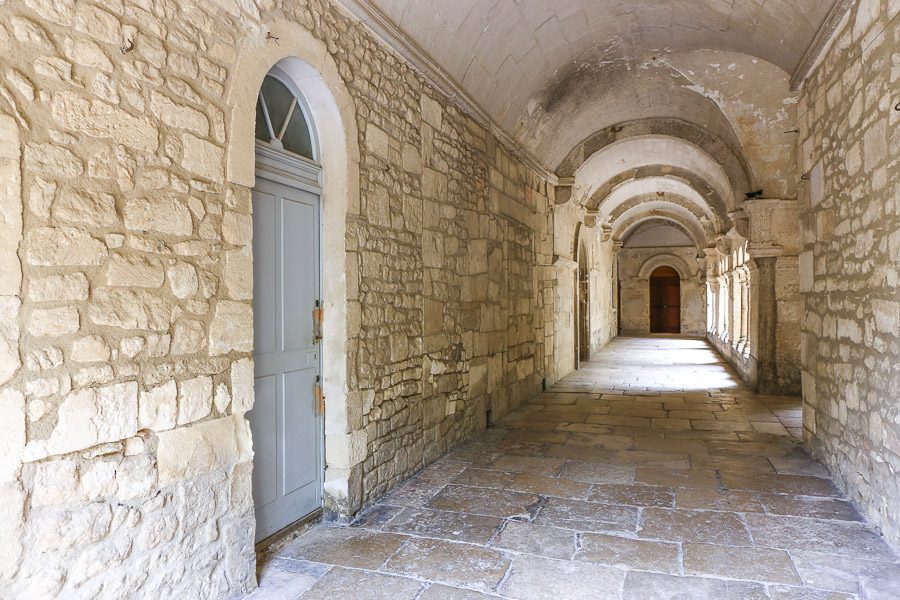
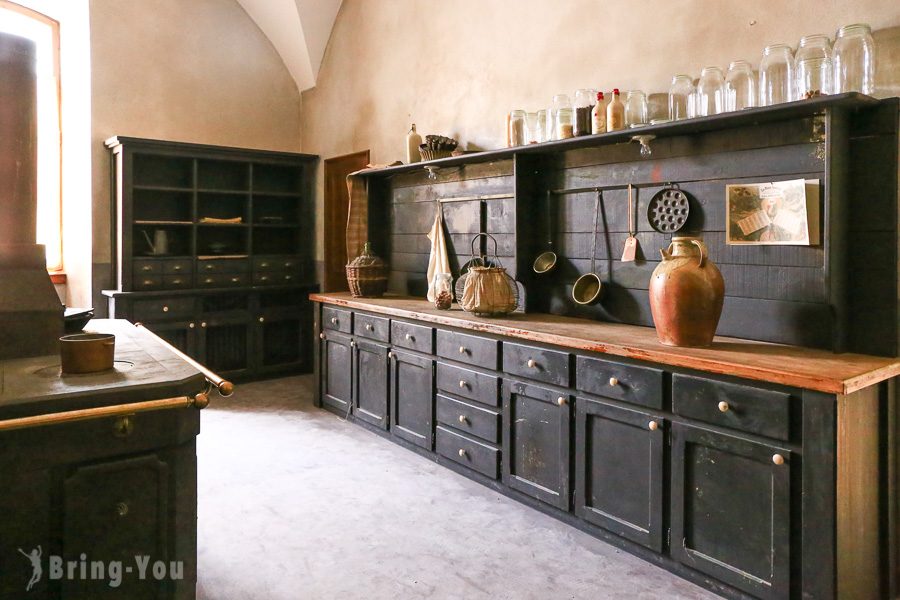
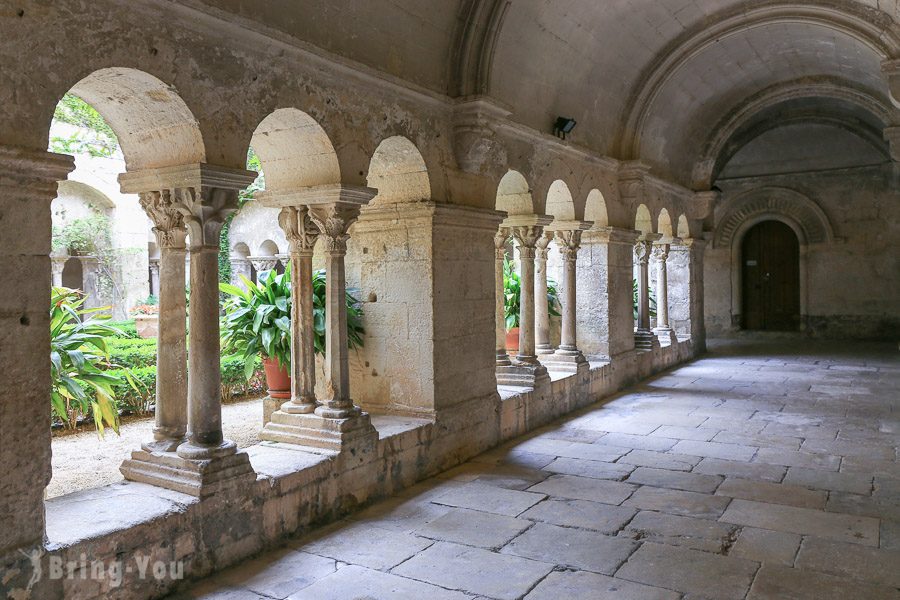
Site Archéologique de Glanum
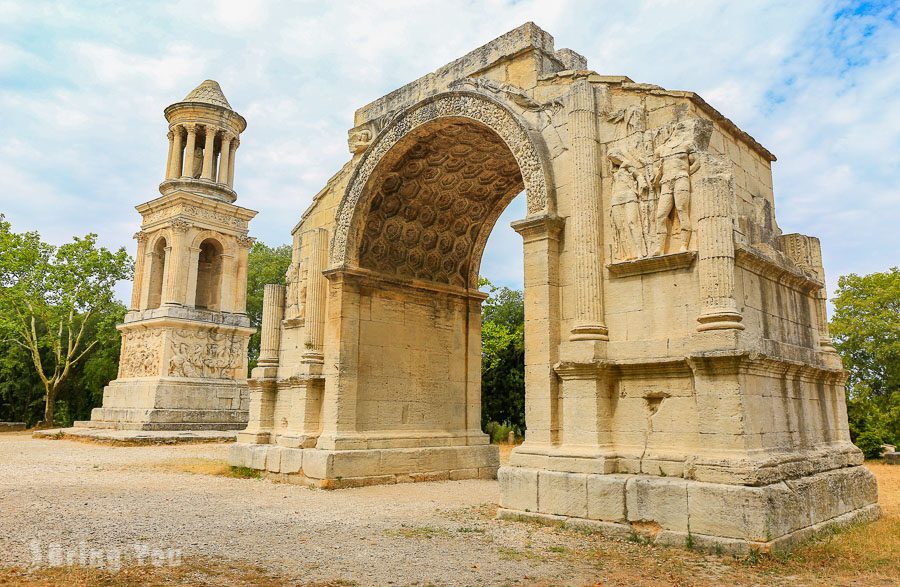
On the way out, I stopped by the “haunted ruins” of Site Archéologique de Glanum just 7 minutes south of the asylum.
The ruins are a time capsule of an abandoned antic-Greco-Roman city highlighting a religious complex built by the Romans after they finished conquering the town back in 49 BC.
Today, you can take a glimpse into the fallen temples and pillars used to honor the Roman Gods. Some ancient wells and fountains are also preserved for public visits.
Check out more travel guides in Provence below:
- Southeastern France – A Scenic Loop: From Sault To Fontaine De Vaucluse
- Valensole, Provence: Chasing Lavender Fields, Lac de Sainte-Croix, and Gorges du Verdon
